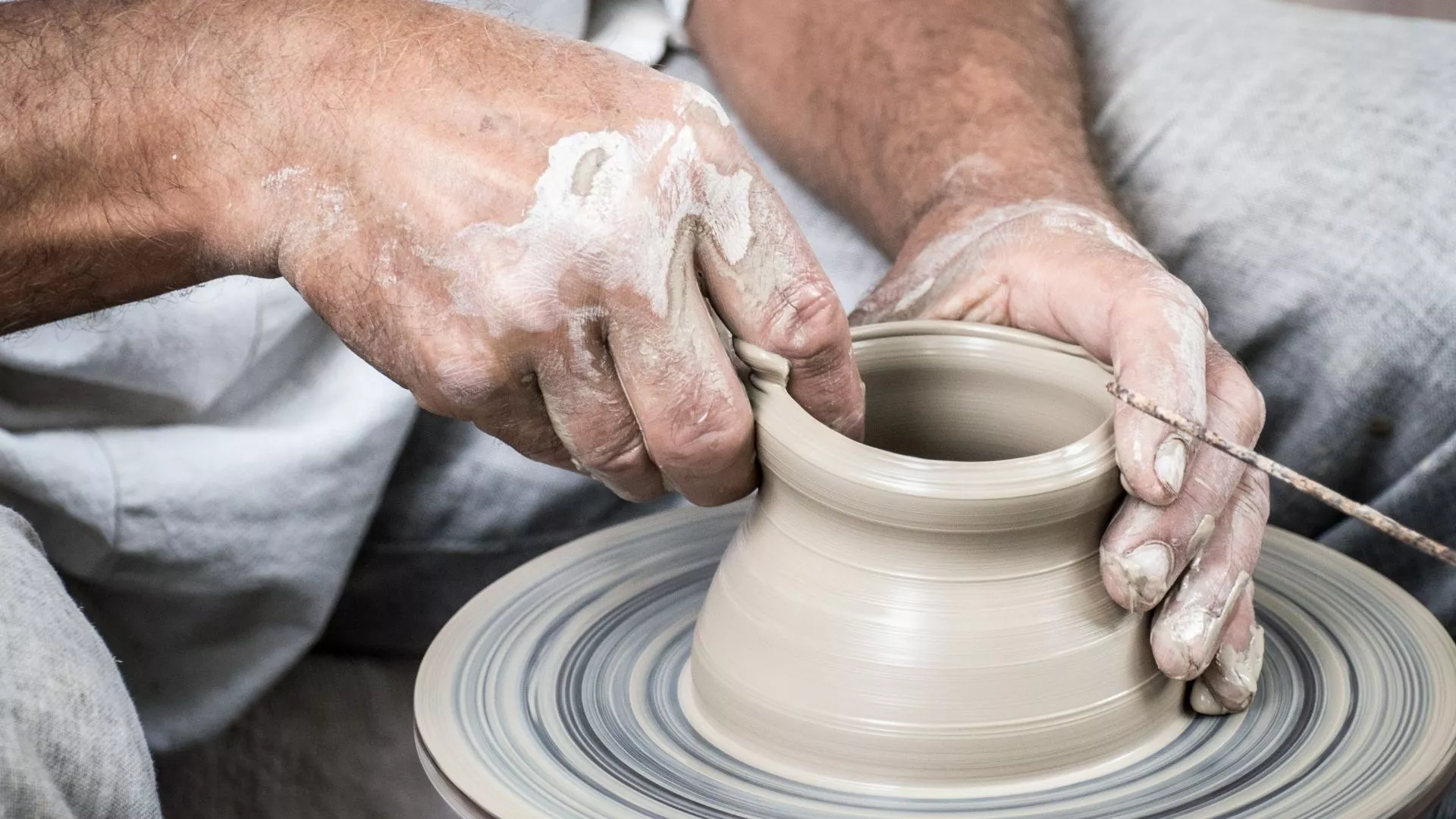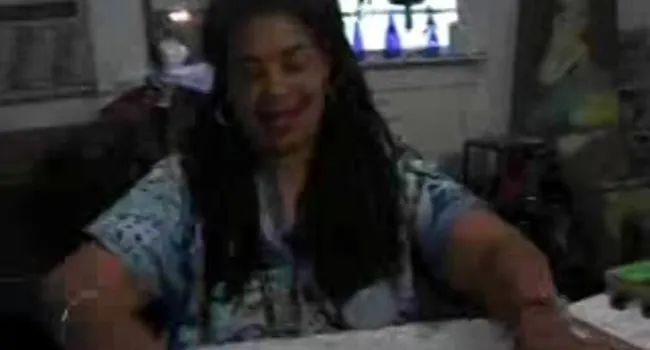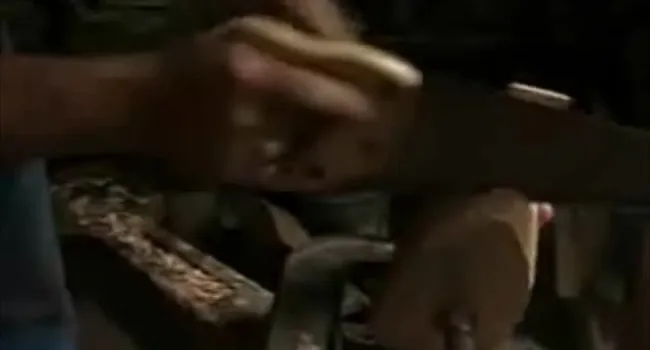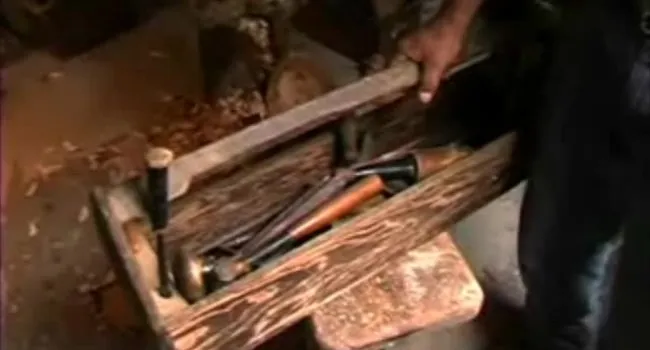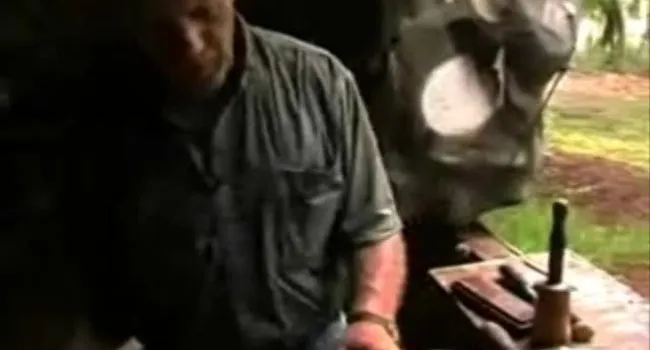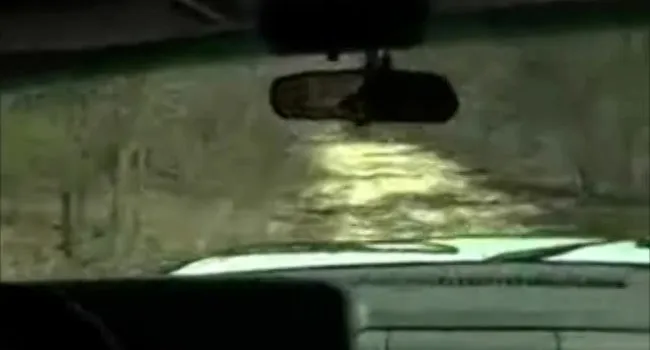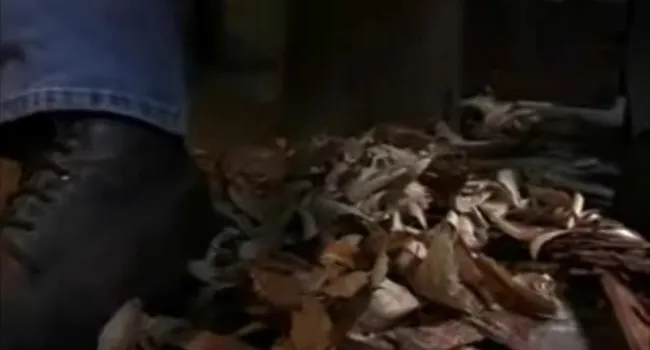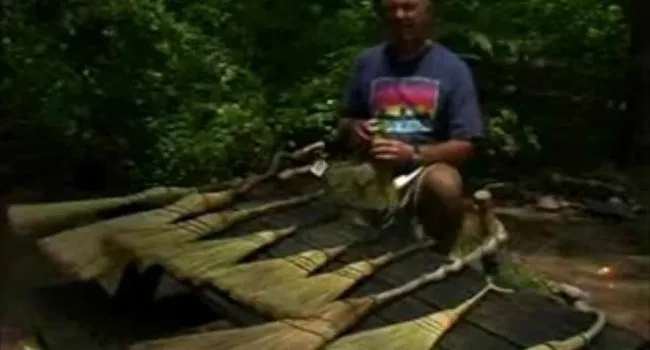
Broom Types | A Natural State
Episode
12
Video
One theory suggests that the traditional American broom has its origins in Benjamin Franklin's beaver skin hat. In the late 1700s, Franklin received a whiskbroom from France, purchased by a friend who...